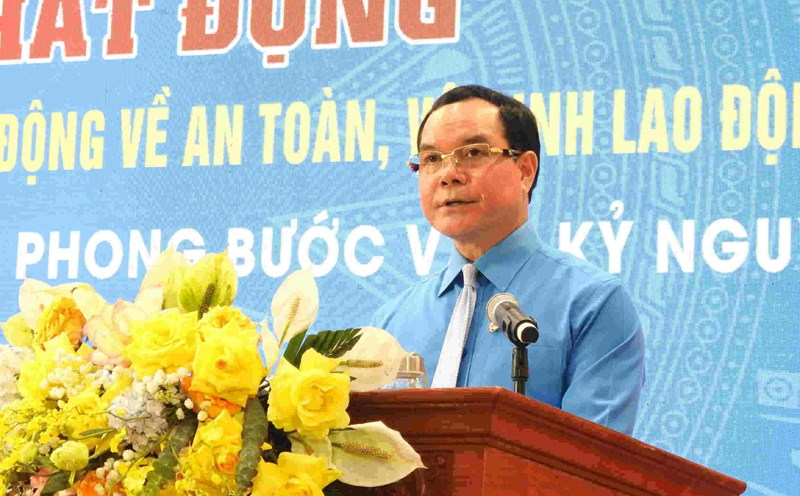Fate knows butterfly parasol
The story began when Mr. Khoa accidentally encountered an image of a butterfly parasol in the book "The Technique of the An Nam People" by Henri Oger, a French author, recording the customs and objects in the lives of Vietnamese people during the French colonial period.
The image of that butterfly parasol has attracted a young designer, making him unable to take his eyes off. And from there, he decided to embark on the journey to rebuild this item. Mr. Khoa shared: "When I saw the image of a butterfly parasol in the book, although it was just a dim drawing, it gave me a very special feeling. I felt like I was seeing a part of the memory of the old Vietnamese."
butterfly tones, according to Anh Khoa, are not only an sophisticated handicraft product but also have a strong cultural meaning. "The ancient butterfly sound often appears on solemn holidays such as New Year's Eve, Longevity Day or major holidays, as a gift with the meaning of blessing and wishing for longevity and peace. The image of butterflies and soursop on the butterfly parasol symbolizes longevity and prosperity" - the young designer said.
butterfly in Chinese has a similar reading sound to the word longevity, so butterfly becomes a symbol of longevity. The combination of 8 small butterflies and a large butterfly symbolizes the sea urchin, meaning a hundred-year-old wish. As for the soursop with many eyes, it symbolizes the prosperity and abundance of the flock.
Restoring the butterfly parasol is not easy. Phung Nguyen Anh Khoa said: "There is almost no document on butterfly parasol. What I have is just a few blurred photos and vague memories. Even ingredients for making butterfly parasol are very difficult to find because no one produces them anymore. I have to look for ingredients from abroad and do many manual stages.


sophistication in production and profound cultural values
The sophistication of the butterfly parasol comes not only from the material but also from the art of making. As a product of talented artisans from the traditional Vietnamese forest making village, each forest is a work of art imbued with national identity.
The original models of butterfly parasol from ancient times mainly used dark colors, with colors such as black, green and yellow, creating a solid foundation for decorative motifs made of five-color seals.
During the processing, artisans often encounter small errors such as broken walls or torn paper, but instead of throwing them away, they have created butterfly covers - a unique variation made from parts that can be used, expressing the spirit of saving, recycling and respecting each material. This is also a testament to the creativity and ingenuity of ancient Vietnamese artisans.


Traditional butterfly tones are made from Do paper and bamboo, two typical materials of East Asian culture that bring a rustic yet sophisticated beauty. Do paper is not only durable but also gentle, creating an ideal surface for drawing patterns. While bamboo makes the structure of butterfly droppings sturdy while still retaining their elegance.
Conserving traditional materials not only helps preserve cultural identity but also contributes to environmental protection. If replaced with fabric or metal, it will not only be difficult to paint patterns but also lose the characteristics of this art form" - designer Anh Khoa said.
When asked why an sophisticated item like butterfly parasol is gradually fading away, Mr. Khoa did not hesitate to say: "The main reason is the European Union and the change in people's needs for use. Traditional bamboo cars are quite heavy and bulky, while the Western cars are lighter and more convenient. Gradually, the craft villages producing raincoats no longer exist, and butterfly raincoats are also disappearing along with other traditional handicraft products.
However, he still hopes that, in the modern context, when people have gradually paid more attention to the national culture, especially the younger generation, butterfly parasols will find their position in today's life. Phung Nguyen Anh Khoa believes that the butterfly parasol will not only be a decoration but also a symbol of the connection between the past and the present, between the honor of traditional values and the desire to develop in the future.










